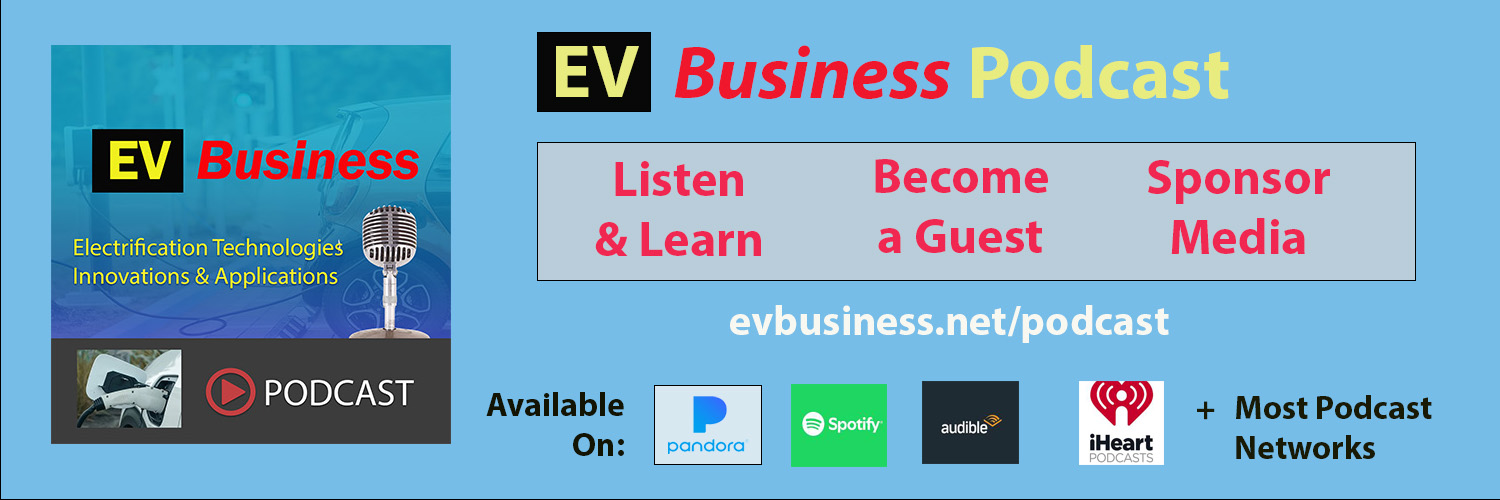by: Rob Minton
Managing a vehicle fleet without real-time insights into location, performance, and driver behavior can lead to inefficiencies, missed deadlines, and rising costs. What many fleet operators don’t realize is that near real-time monitoring with connected vehicle systems can reduce unscheduled downtime by an incredible 25–30% through predictive maintenance alone. Yet despite this potential, many fleets struggle with unreliable manual check-ins, difficulty integrating fleet tools with existing CRMs and accounting systems, and increasingly complex regulatory compliance requirements. In this article, I’ll explain how connected vehicle fleet management services automate critical data flows, streamline operations, and help companies meet compliance standards—giving you the tools to reduce costs and improve safety across your fleet.
Connected Vehicle Fleet Management: Turning Data into Operational Intelligence
Connected vehicle fleet management is far more than location tracking—it’s the strategic use of data to optimize how fleets operate. By converting raw vehicle and driver data into actionable intelligence, businesses can:
- Track near real-time vehicle location and diagnostics
- Monitor driving behavior to improve safety and efficiency
- Automate maintenance scheduling based on real-world usage
- Deliver better customer experiences through faster, smarter service
It’s about seeing the full picture and using that insight to make decisions that directly impact the bottom line.
Key Business Drivers: Productivity, Efficiency, and Safety
Connected fleet management supports three core business pillars:
- Productivity: Monitor service timeframes, detect unnecessary stops, and analyze arrival/departure timelines to increase productivity.
- Operational Efficiency: Proactively manage vehicle health to avoid costly breakdowns. Optimize routes to save on fuel and reduce emissions.
- Safety: Assign predictive driver risk scores, detect collisions, and enable near real-time in-vehicle coaching for improved behavior.
With these capabilities, fleets can reduce accidents, maintain compliance, and ensure vehicles stay on the road and earning revenue.
Real Financial Impact: Hidden Savings Revealed
What often surprises companies is the dramatic cost savings. Preventing unplanned maintenance caused by harsh driving or misuse can result in daily profit savings of $400 to $700 per vehicle. Fewer breakdowns and optimized maintenance schedules extend vehicle life while cutting repair expenses.
Who Needs Connected Fleet Solutions? Every Vehicle-Operating Business
Connected fleet management isn’t exclusive to logistics companies. It’s mission-critical for:
- Transportation & last-mile delivery
- Utilities and construction fleets
- Food & beverage distributors
- Oil, gas, and waste management operators
These industries rely on vehicle uptime, safety, and regulatory compliance—challenges perfectly addressed by connected data systems.
Built-In vs. Plug-In: How Fleet Data Is Collected
Historically, external telematics devices were installed via the OBD-II port. While still viable, today’s OEMs increasingly ship vehicles with built-in connected hardware. This eliminates installation downtime—keeping revenue-generating assets on the road. With cloud-based OEM integrations, vehicles can transmit data instantly upon delivery.
Key Features: From Fuel Efficiency to Driver Coaching
A comprehensive connected fleet solution supports:
- Near real-time diagnostics to minimize downtime
- Route optimization and idle tracking for better fuel efficiency
- Monitoring of harsh braking, rapid acceleration, speeding, and seatbelt use
- Integrated dashcams and driver coaching tools
At Geotab, we streamline this data into one dashboard, eliminating the need for multiple portals. It’s all about simplicity and operational clarity for fleet managers.
Setup Times and Scalability: From Minutes to Hours
With modern APIs and OEM cloud integration, new vehicles can be onboarded in minutes. Older vehicles may still require hardware installation, but even large fleets can be connected quickly and cost-effectively.
Bonus Benefits: Insurance and Resale Value
Insurers increasingly offer discounts for fleets that use telematics. Beyond savings, connected vehicles with detailed maintenance logs have higher resale values—providing an unexpected return on data investments.
Simple Tools, Smart Decisions: EV Suitability Assessment
One of our most innovative tools is the EV Suitability Assessment (EVSA). It evaluates six months of real-world driving data and identifies which vehicles in your fleet can be replaced with EVs—without compromising performance. You’ll see where you’ll save money and meet sustainability goals. Learn more at Geotab.com.
Implementation Tips: Start Small, Think Big
Don’t try to overhaul your entire fleet at once. Launch a pilot program, measure the gains, and build internal buy-in. Make sure your telematics provider supports mixed fleets—EVs, gas, diesel, hybrid—and presents data in a unified dashboard.
Align your metrics with business goals, and you’ll prove that telematics is more than just a cost—it’s a competitive advantage.
Training and Support: Partner-Powered Success
At Geotab, our reseller partners help customers set up dashboards, integrate internal systems, and visualize essential data—everything from engine diagnostics to driver behavior. Think of it like a Fitbit for your fleet: it tracks performance, detects issues early, and helps you operate at peak efficiency.
Compatibility and Mixed Fleets: Yes, It Works
Most vehicles made in the last 4–5 years are already connected. For older models, devices like our GO9 hardware plug into the OBD port. We specialize in supporting mixed OEM fleets—ensuring consistent, easy-to-read data regardless of make, model, or powertrain.
Learn More and Stay Informed
Great resources include:
- NAFA Fleet Management Association – nafa.org
- Automotive Fleet & Leasing Association (AFLA) – afla.org
These organizations offer insights, tools, and community support for fleet professionals.
About Rob Minton
 Rob Minton is the Associate Vice President of Connected Car Business Development at Geotab, the global leader in connected vehicle solutions, leveraging advanced data analytics and AI to enhance fleet performance, safety, and sustainability while optimizing costs. Rob has over two decades in the automotive industry, including the last 9 years with Geotab. In his current role, he leads business development focused on connected vehicle partnerships with automotive OEMs.
Rob Minton is the Associate Vice President of Connected Car Business Development at Geotab, the global leader in connected vehicle solutions, leveraging advanced data analytics and AI to enhance fleet performance, safety, and sustainability while optimizing costs. Rob has over two decades in the automotive industry, including the last 9 years with Geotab. In his current role, he leads business development focused on connected vehicle partnerships with automotive OEMs.


